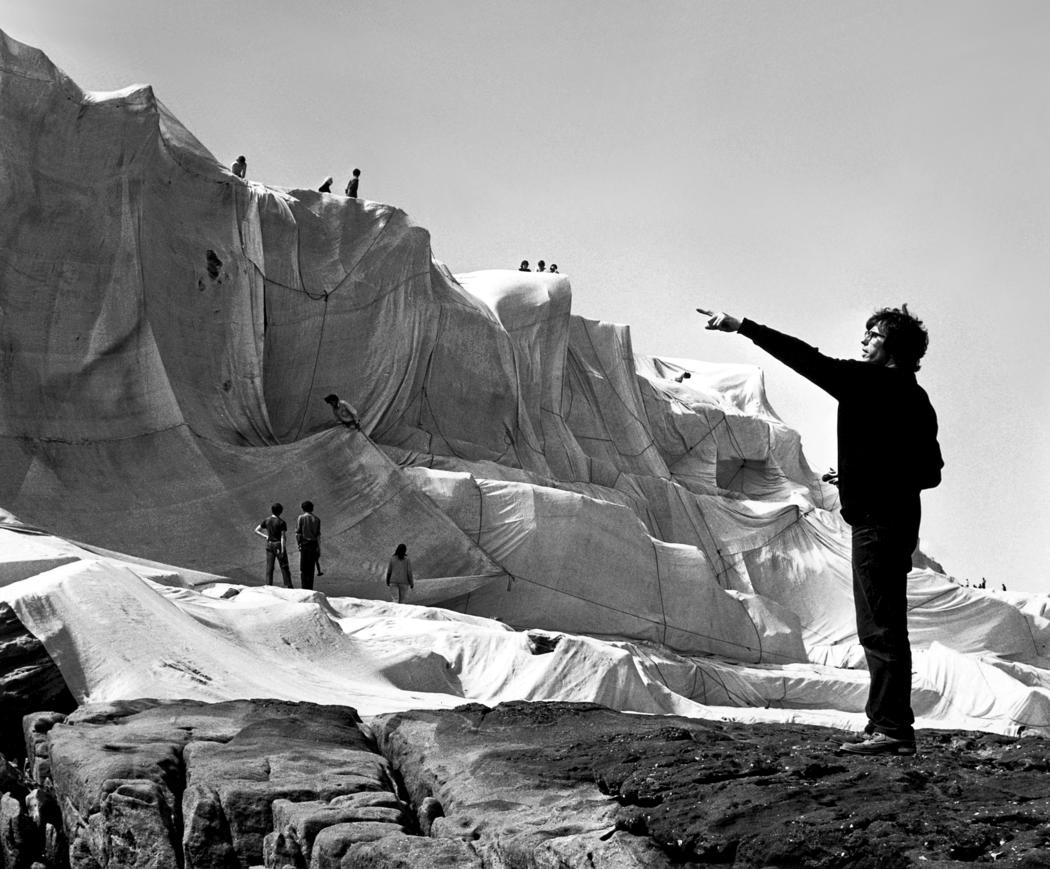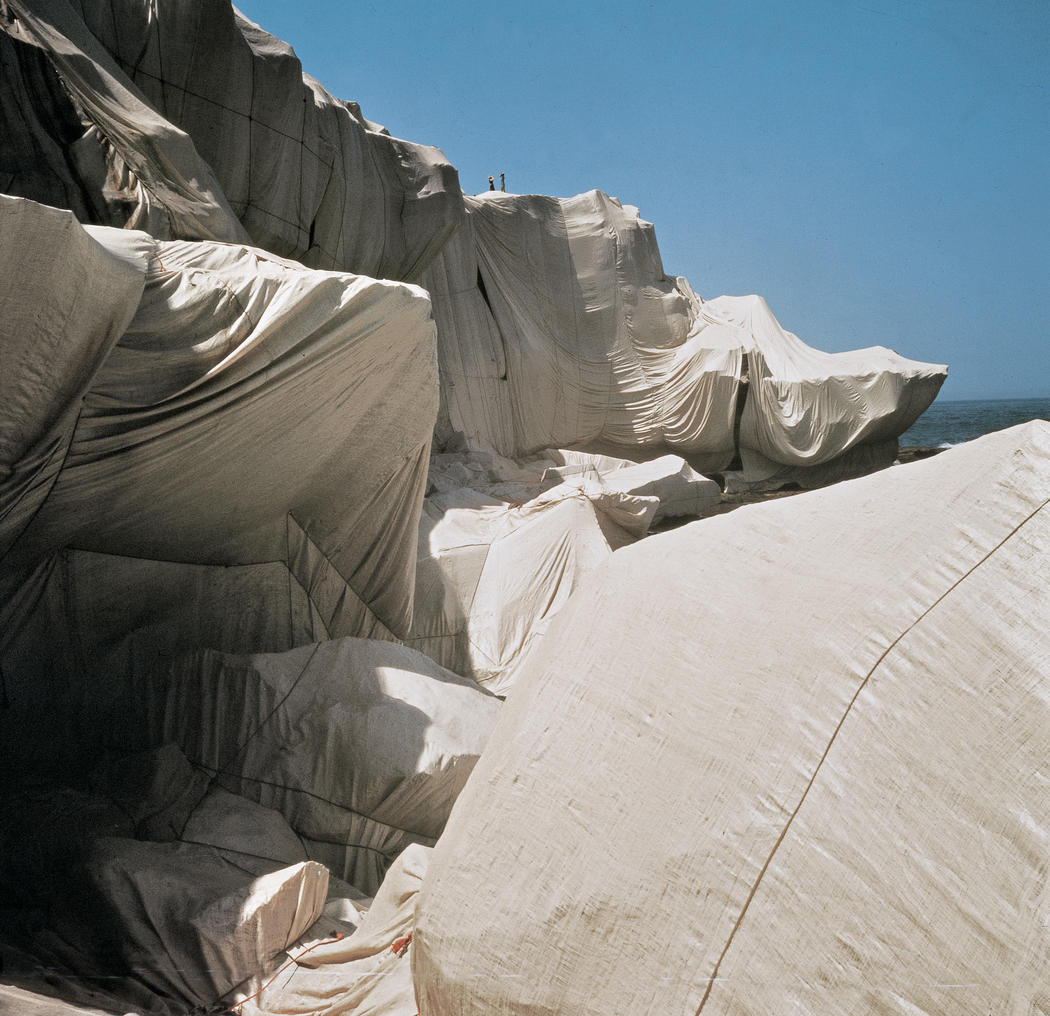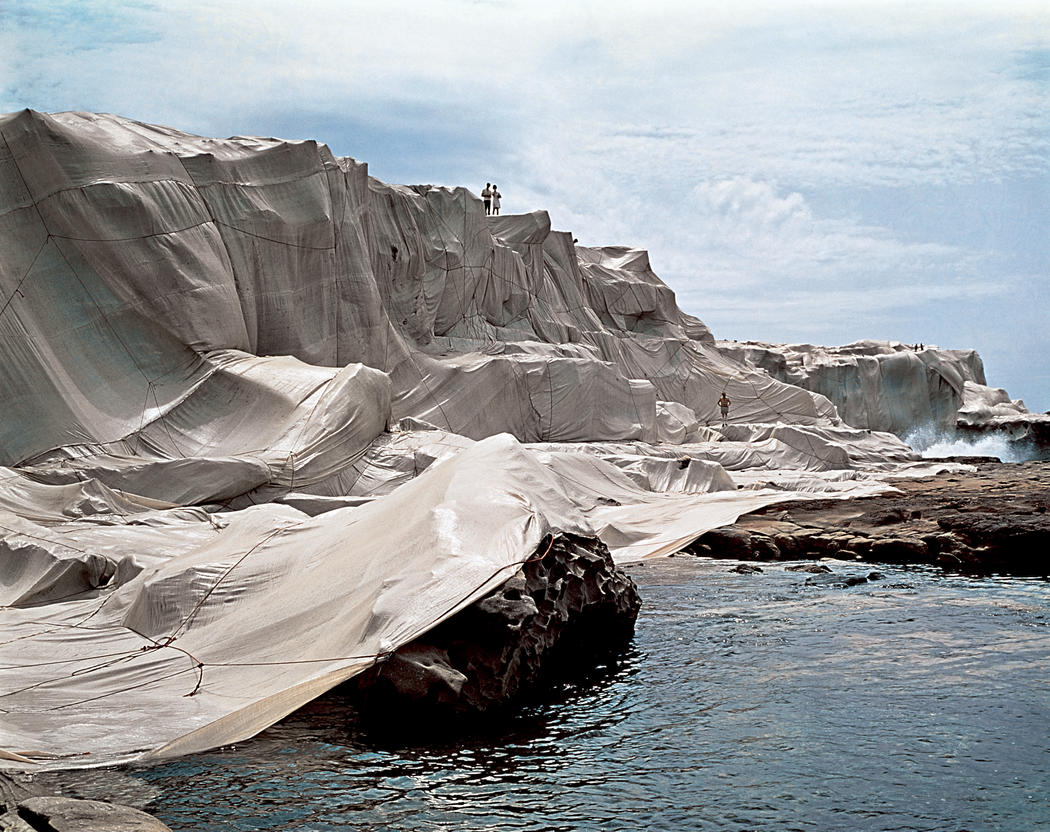Andreas Siekmann - more illustration inspiration at onlineopen
Konrad Lorenz: Animals do not have a language in the true sense of the word. In the higher vertebrates, as also in insects, particularly in the socially living species of both great groups, every individual has a certain number of innate movements and sounds for expressing feelings. It also has innate ways of reacting to those signals…
King Solomon’s Ring, The Language of Animals
Cybersyn and automation of the government
Project Cybersyn was a Chilean project from 1971–1973 during the presidency of Salvador Allende aimed at constructing a distributed decision support system to aid in the management of the national economy. The project consisted of four modules: an economic simulator, custom software to check factory performance, an operations room, and a national network of telex machines that were linked to one mainframe computer.
Cybersyn control room. Source: https://en.wikipedia.org/w/index.php?curid=12937653
Two clippings from Automated government, an article by John W. Macy in The New Computer Age, 1966:
http://simson.net/ref/1966/SR_AutomatedGovernment.pdf
Gerd Arntz (1900-1988) and Isotype
Source: http://www.betweenbridges.net/Arntz.html
Christo and Jean-Claude: Wrapped Coast







Christo and Jeanne-Claude. Wrapped Coast, One Million Square Feet, Little Bay, Sydney, Australia, 1968-69. Photo: Harry Shunk. © 1969 Christo Source: http://christojeanneclaude.net
Notes for Inigo Wilkins, Andrew Osborne: Catalysing Dissent
Notes for Georg Simmel, The Stranger
Contains notes on The Stranger by Georg Simmel.
Stranger (as a sociological form) is the conceptual unity of 'wandering' and 'fixation'.
Potential wanderer - someone who hasn't belonged to the group from the very beginning, that he imports qualities into it that cannot stem from the group itself.
Unity of nearness and remoteness (he, who is close by, is far and vice versa).
Jan Rothuizen drawing
Notes on Race, The Floating Signinfier, Stuart Hall lecture
Notes for: Transcript. Race, The Floating Signifier. Featuring Stuart Hall. Media Education Foundation. [Stuart Hall] wants to understand how racism is cultivated in our imaginations, of how it works in our heads, so that we can better combat it on the streets.
Alberto Toscano, notes on the talk: Real Abstraction and the Dialectic
Contains notes on Alberto Toscano - Real Abstraction and the Dialectic, University of Westminster
https://www.youtube.com/watch?v=RKx6ae2rgI8
Reality as a message
The problem of reality is in how it is traditionally thought about, as something tangible, as a given - something that is there simply because it’s there. With the development of means of communication throughout the history we should not really speak of the ‘real’ without regard to the ‘communicated’ - as H.Lefebvre formulates it in Production of Space, “(social) space is a (social) product” - in which light the production of reality can be looked at in a broader sense from within the social space, as a notion encompassing all the communication elements, such as facts, ideas, messages, narratives or conditions.
1. Reality is a message. As anything you see, hear or otherwise sense is a story (fabrication). In line with the general theory of communication (S.Hall), the ‘real’ has to become a narrative, a ’communicative event’ before it can be encoded for transmission and decoded later by the audience.
2. Further, reality is interactive - not only it is fabricated by producers for receivers, but it can also be manipulated by the end users. Thus, it no longer a static product subject to receiver’s interpretation, but comes with the instruments that allow users shape it prior to final recognition.
3. Reality includes feedback. The feedback loop includes the flow of user data back to the producers, allowing the producers to analyse the user behaviour for future coding of messages and interactions.
4. Reality is augmented towards the capital. When we say ‘augmented reality’, which direction does this augmentation happen? It is done by producers, for the receivers, but it is fundamentally grounded in the capital. Therefore, it is the user who the reality is targeted to, with the purpose of getting the feedbacks, behaviours and other data, but it is the client who the reality is ultimately shaped around.
- > Where does art step in? How does art resist globalisation in the new, hybrid reality?…
D&G - 1000 Plateaux sketches: Geology of Morals
Notes on Rosie Braidotti: Inhuman Symposium talk
https://www.youtube.com/watch?v=gNJPR78DptA
Notes on William E. Connolly. The ‘’New Materialsm’ and the fragility of things
Contains notes on Notes on William E. Connolly. The ‘New Materialsm’ and the fragility of things. From Millennium: Journal of International Studies, 2013
Sylvano Bussoti: notation
Notes from the Introduction to Realism, Materialism, Art; Sternberg Press 2015
Contains notes on the introduction to the book. Authors: Christoph Cox, Jenny Jaskey, and Suhail Malik
Anything that seems suspicious to you. Trust your instincts. Then call us.
Terrorists visit and research potential targets. We call this activity hostile reconnaissance. If you suspect you are witnessing
- hostile reconnaissance
- a suspicious vehicle
- an unattended bag
- any other suspicious activity
Telephone the police without delay.
What is suspicious? - Filming, drawing, taking notes or photographs, or just watching for extended periods, focusing on security cameras, hallways, fire exits, access and egress routes.
Source: https://www.cityoflondon.police.uk/advice-and-support/countering-terrorism/Pages/report-suspicious-activity.aspx
Notes for Deep time (+ a conversation with Doreen Mende)
Contains notes on Achille Mbembe - Decolonizing Knowledge and the Question of the Archive, and the scribbles from Doreen Mende's talk.
Theory seminar: Prometheanism (Bassam El Baroni)
Notes for theory seminar with Bassam El Baroni on 19 November 2015 in Jakarta - contains scans of my notes and sketches.
Notes on Jean Baudrillard, Why Hasn’t Everything Already Disappeared
Alain Willaume
Notes on Baudrillard, Why Hasn’t Everything Already Disappeared
Foreword by Francois L’Yvonnet:
Why is there nothing rather than something? - Leibniz (reversed).
Exploration of the Nothing by Macedonia Fernandez (Argentina): “On the Nothing, there is more: some of its interstices, which are numerous.”
Jean Baudrillard - saturation of the interstices.
Good - product of eliminating the evil, Eternal = product of eliminating the Temporal, All = product of eliminating the Nothing.
We have rid ourselves of the ambiguity of the world.
A truly negationist system (Baudrillard) - denial of the nothing, of the illusion (not nihilism, because nihilism is forgetting of the nothing).
This isn't a contrary metaphysics, but the contrary of a metaphysics.
P.9 - Question of disappearance of humans from the world (not exhaustion, extinction or extermination, because these are natural phenomena). Human-invented disappearance.
p.10 -
1) disappearance of the real (media, virtual reality, networks)
Hannah Arendt: modern world begins with the invention of Archimedean point outside the world . Paradox: real world begins to disappear at the same time as it begins to exist.
P. 11 - 'to analyse' means literally 'to dissolve’.
We detach things from the world by naming them. For example, the class struggle exists from the moment Marx names it (and it declines after being named).
The moment a thing is named, the moment representation and concepts take hold of it, is the moment when it begins to lose its energy-with the risk that it will become a truth or impose itself as ideology.
The real vanishes into the concept - and vice versa (dreams vanish into their fulfilment).
Human technology -> world without humans, disappearance of humans.
P. 15- Marx: the idealist stage of interpretation, and the irresistible transformation that leads to a world without us.)
That world is perfectly objective because there’s no one left to see it.
P. 16 - Mode of disappearance of the human - is the product of an internal logic,… of the human race's fulfllment of its most grandiose project, the Promethean project of mastering the universe, of acquiring exhaustive knowledge.
Surprisingly, extreme endeavour on the part of life also amount to disappearance of human: (we’re pre-programmed to die - apoptosis).
Canetti: vanishing point, end of evolution.
P. 20 - human = infantile malady of the machine
P. 21 - Disappearance may be conceived differently:
1) desire no longer to be there (not negative at all);
2) desire to see what the world looks like in our absence (photography);
3) to see, beyond the end/subject, if there still is an occurrence of the world,
Art of disappearance - a possibility of a game.
P.22 - Art in the modern period exists only on the basis of its disappearance: 1) art of making the real disappear; 2) art of abolishing itself in the course of its practice (Hegel).
Art today has disappeared, but without knowing it (continues on its trajectory in a vegetative state).
P. 25 - Everything that disappears there remain traces. (Cheshire cat’s grin; God disappears, but he leaves behind his judgement - which is terrifying).
p.26 - Disappearance of the subject, which is, more or less, the mirror image of the disappearance of the real.
The subject disappears, gives way to a diffuse, floating, insubstantial subjectivity: disembodied, empty consciousness.
P.28 - Great disappearance = division of subject to infinity; a serial pulverization of consciousness into all the interstices of reality.
Cardinal Ratzinger - analysis of religion. A religion which accommodates to the world… becomes superfluous. The same can be said about art (art, ceasing to be different from life, has become superfluous).
P. 31 - We must give disappearance back its prestige or, quite sim- ply, its power, its impact (it is neither for good or for evil). Things exist on the basis of their disappearance, and in order to interpret them in their entirelucidity, one must do so as a function of their disappearance.
CONCLUSION
P. 32 - Is it, in fact, the real we worship, or its disappearance?
(telematics, IT, digitization, etc.)
P.33 - Example: disappearance of the image in the inexorable move from the analogical to the digital.
Image is now a tiny detail of the anthropological revolution, where an objective truth is mirrored to us by technology.
ON THE HEGEMONIC AND THE DIGITAL …
Digital photography marks the end of a singular presence of an object, since now it may be digitally constructed.











